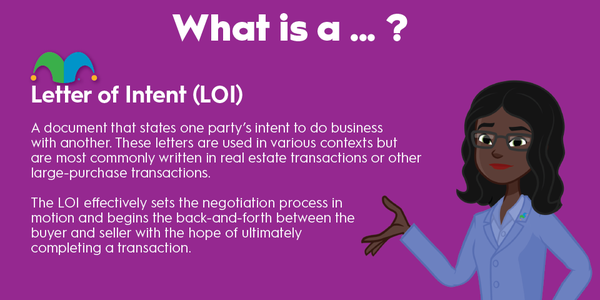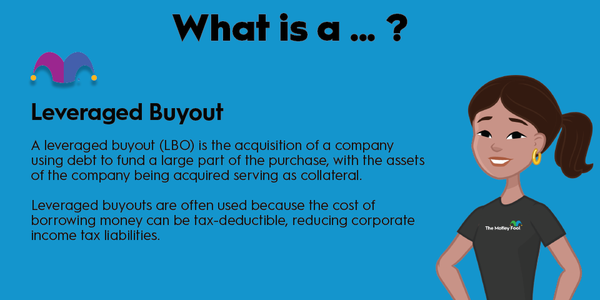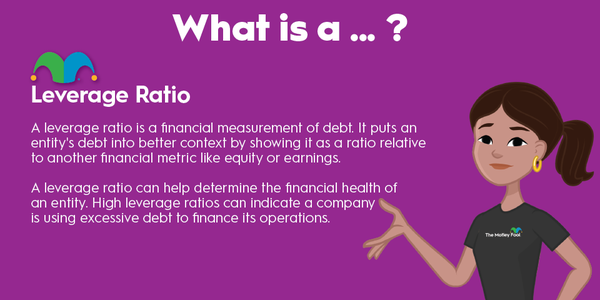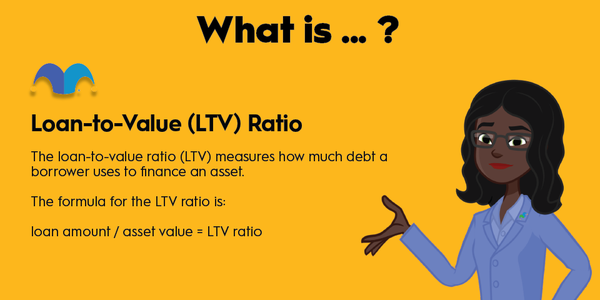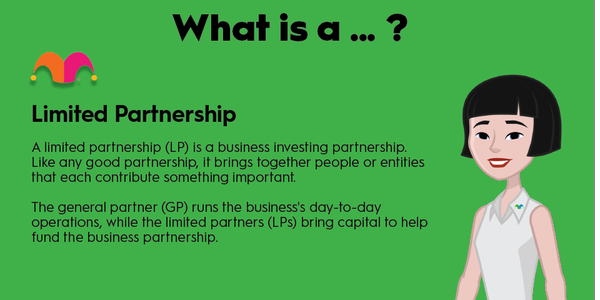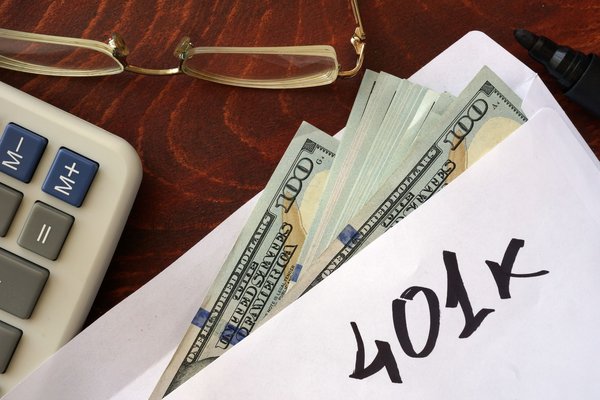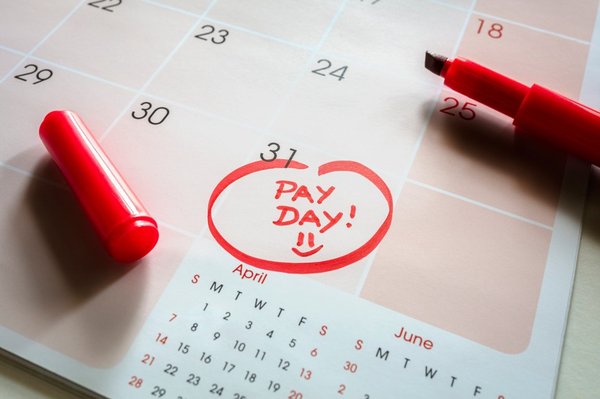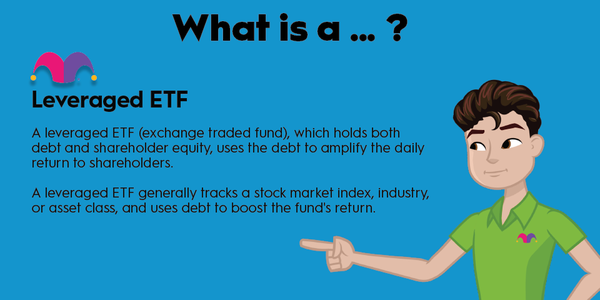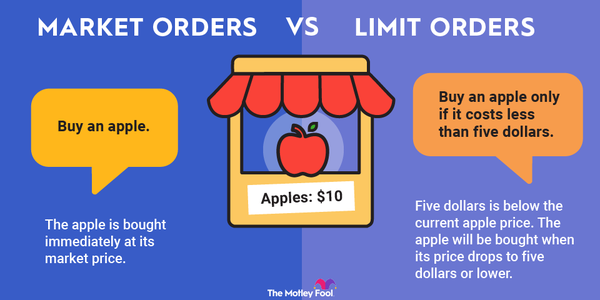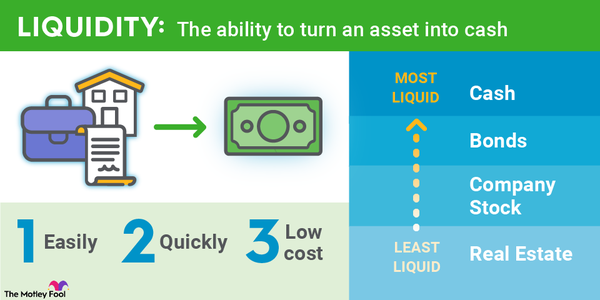LEAPS give investors the flexibility of options trading, but with much longer time horizons. Options are generally thought of as short-term trading and investing tools, but LEAPS are specifically designed for situations where investors might want to benefit from a stock’s long-term price movements. In this article, we’ll discuss what LEAPS are, how they might be useful to long-term investors, and a few examples of how they work.

What are LEAPS?
What are LEAPS?
Long-term equity anticipation securities, or LEAPS, are a form of options that have an expiration date of more than one year in the future (based on the date on which they were created).
Aside from their distant expiration dates, LEAPS function just like any other options contract. One LEAPS contract is typically representative of 100 shares of the underlying stock; they come in both puts and calls, and they trade on futures exchanges in the same way as any other options.
Using LEAPS
How investors can use LEAPS
There are a few potential ways investors can use LEAPS in their long-term investing strategies. The first is as an alternative to directly owning shares of a stock. Buying a LEAPS call option can allow investors to benefit from the rise in a stock’s price, and with significantly lower capital outlay than if they had simply bought 100 shares. We’ll take a look at an example of how this works in the next section.
LEAPS can also provide a good way to hedge against price fluctuations in your long-term investments. For example, if you are worried about the price of one of your stocks falling sharply, you can purchase a LEAPS put contract, which gives you the right to sell your shares at a set price at any time before the expiration date.
Potential drawbacks
Potential drawbacks of using LEAPS
For starters, it’s important to note that there are some costs to using LEAPS that need to be taken into consideration, and it’s important to understand your chances of loss.
The prices of LEAPS have two components: time value and intrinsic value. For example, if you buy a LEAPS contract for $30 that gives you the right to buy a stock for $80 that is currently trading for $100, the contract price is $20 of intrinsic value (the difference between the strike price and the current price) and $10 of time value (the premium you pay to be able to exercise the option whenever you want, or not).
If you buy an option that is out of the money -- say, a put option that is used as a hedge -- the entire price you pay is time value. If the stock’s price doesn’t move below the strike price of your put option by its expiration, the contract will be worthless.
Even though they are long-dated, it’s important to note that the same cautionary advice that applies to any other type of options trading also applies to LEAPS. Be especially careful if you buy LEAPS contracts that are significantly out of the money. Before you get started, it’s a good idea to read our primer on options, so you have a better sense of what you’re getting into.
Example
Example of how LEAPS work
Hopefully, you aren’t too confused yet. But let’s walk through a couple of examples to help clarify things, one of using LEAPS as a stock replacement and one of using LEAPS as a hedge.
LEAPS as a stock replacement
Let’s say that you want to buy 100 shares of Apple (AAPL 6.84%). As of mid-March 2023, Apple traded for about $152, so it would cost $15,200 to buy 100 shares.
Instead, you could buy a LEAPS call option that gives you the right to buy 100 shares of Apple for $60 each at any time before Jan. 17, 2025. The contracts are trading for about $96, so the cost would be $9,600 to get upside exposure to 100 shares -- a significantly lower capital outlay.
Now let’s say that Apple rises to $200 per share by the expiration date, making 100 shares worth $20,000. If you had simply bought the stock, you’d have a gain of $4,800, a 32% gain on your initial cost, plus whatever dividends you received along the way. Note: If you hold options contracts, you get no dividends.
On the other hand, if you had bought a LEAPS call option with a $60 strike price for $9,600 and sold it just before the expiration date with the stock trading for $200, you would likely receive about $14,000 -- the difference between the exercise cost of the option and the value of the stock, and a 46% gain on your initial investment.
LEAPS as a hedge
Now let’s say that you own 100 shares of Apple and you’re worried about a catastrophic event causing the stock’s price to plunge. So, you buy a LEAPS put contract expiring Jan. 17, 2025, with a strike price of $100, giving you the right to sell the stock for $100 per share at any time before that date. Even if Apple were to plunge to $0 (unlikely), the contract would guarantee you $100.
You pay $5.00 for the contract ($500 total for the 100 shares). If Apple’s stock stays over $100, the contract expires worthless, and you lose your $500. However, if the stock falls below $100, you’ll certainly be glad you bought it.

